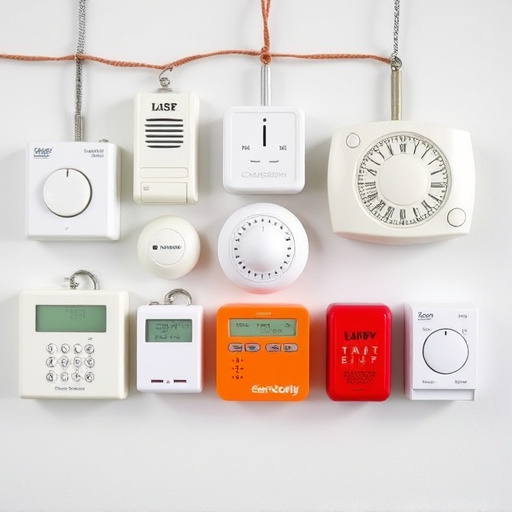Wearable personal alarms with high-decibel sirens (120-140 dB) offer powerful self-protection. Their sound range can extend several hundred feet, crucial for outdoor safety and emergencies. Choosing an alarm considers specific needs, noise environment, and preference for loudness adjustments. "How Far Personal Alarm Sounds" is a key factor in ensuring maximum protection.
Wearable personal alarms with loud sirens are revolutionizing personal safety, especially in crowded spaces. This article delves into the understanding of these compact yet powerful tools, focusing on how their intense siren sounds can deter threats and attract attention. We explore the impact of decibel levels on effectiveness and examine safety features that cater to user preferences. By considering factors like duration, frequency, and volume, individuals can make informed choices to enhance their personal security.
- Understanding Wearable Personal Alarms
- The Impact of Loud Siren Sounds
- Safety Features and User Preferences
Understanding Wearable Personal Alarms
Wearable personal alarms, often in the form of small, compact devices, are designed to provide immediate and attention-grabbing alerts. These alarms are meant for self-protection and can be especially useful in situations where immediate attention is required, such as during emergencies or when facing potential threats. The primary feature that sets these alarms apart from traditional household alarms is their portability and the ability to project a loud, piercing siren that can be heard over a considerable distance.
The intensity of the sound emitted by a personal alarm varies, but many modern models boast decibel levels exceeding 100 dB, which is louder than a typical city street or even a power tool. This high-decibel output ensures that the alarm draws instant attention and can startle an assailant or alert nearby individuals in cases of distress. Understanding how far these personal alarms can be heard is crucial; their range typically extends to several hundred feet, depending on environmental factors like terrain, obstacles, and weather conditions, making them reliable tools for personal safety when outdoors or in remote areas.
The Impact of Loud Siren Sounds
Personal alarm sounds, particularly those with loud sirens, have a profound impact on individuals and their surroundings. The intensity of these alerts can range from 120 to 140 decibels, which is significantly louder than most environmental noises. This high decibel level ensures that the sound travels far and wide, potentially reaching nearby homes, businesses, or even public spaces.
The effectiveness of personal alarms with loud sirens lies in their ability to quickly grab attention and convey urgency. Such sounds can deter potential threats, whether it’s an intruder or an emergency situation. In fact, research has shown that sudden, loud noises can startle individuals, causing them to react faster, which is crucial in time-sensitive scenarios.
Safety Features and User Preferences
Wearable alarms with loud sirens offer a range of safety features designed to attract attention and deter potential threats. One critical aspect, often overlooked but crucial for effectiveness, is the distance at which the alarm sound can be heard. While some devices may have high-decibel levels, the actual range varies greatly among models. Users should consider their specific needs—be it personal safety, outdoor activities, or even animal training—when choosing a device. For instance, folks living in urban areas with heavy traffic might require alarms that project sounds further to ensure maximum visibility and safety.
In terms of user preferences, the “loudness” of an alarm is subjective and can depend on various factors, including hearing sensitivity and ambient noise levels. What’s considered a loud siren to one person might be manageable background noise to another. Additionally, some users prefer adjustable decibel settings to customize alarms for different scenarios, while others prioritize simplicity and consistent volume across all alerts. Understanding these preferences helps tailor wearable alarms to individual needs, ensuring safety without causing unnecessary disturbances.
Wearable personal alarms equipped with loud sirens have evolved as powerful tools for self-defense, offering individuals a sense of security in various situations. By understanding the impact of these high-decibel sounds and considering safety features that cater to user preferences, one can make an informed choice to enhance their personal safety. Remember, the effectiveness of a wearable alarm lies not only in its loudness but also in its ability to draw attention and deter potential threats.
